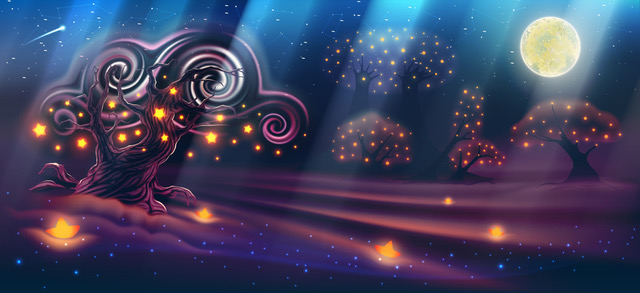Welcome to the Hidden Power of Dreams – Part Two
In this part of our latest series, we will explore how the ancients interpreted dreams, have a few sample dreams and more meanings of specific dreams symbols.
The fascination with dreams is not a recent phenomena, but an ancient one through many civilizations. Interpretations and ways to interpret dreams have been found over thousands of years.
In ancient Greece Aristotle and Artemidorus were the chief recorders of dreams. The earliest focus of writing on dreams were written by the Mesopotamians. The 1st known dreams written was about King Duzumi. They believed that dreams were directly sent by God, but nightmares were sent be demons. They also believed that sleep was a medium that you could use to communicate with the deities if you were part of the ruling class.
The Mayan Civilization classified the interpretation of dreams into three parts. These parts were prophecies, literal dreams of the near future and dreams of important people.
In Islamic traditions dreams were divine connection to one’s true spirit. Mohammaned Ibn Siria wrote a book called Great book of Interpretation of Dreams in the 8th Century.
According to aboriginal mythology Gods and mortals made the earth in a timeless state known as dreamtime. For them dreams weren’t just prophecies, they were tools of creation. they believed that dreams connected everyone in the world and therefore did not have specific interpretation. This led to a more open and free cultural approach to the process of dream interpretation that was not traditional.
Dreaming is one of the most universal human experiences. The process of dreaming is cross-cultural and transcends all physical boundaries. But the contents of our dreams vary widely.
One of the most prominent among the methods of dream interpretation is a method cultivated by the ancient Egyptians. The ancient Egyptians placed a high value on dreams and believed them to be the tools to tell the future.
Later mankind’s curiosity towards nature and meanings of dreams grew. the greco-romans, Byzantines and Slav sought answers within the Bible. Many biblical stories started with God communication with humans through visions and dreams that were either literal or symbolic.
The Byzantines used biblical ideas to conclude that dreams often reflected aspirations or anxieties. The Bible continued to influence dream interpretation in many cultures and is still relevant today.
The processes of dream interpretations varied across cultures and time.
The idea that dreams are a tool of communication with the Divine beings remained a common factor throughout all methods. Today people are fascinated in their dreams and meanings.
Many years ago just as I was falling asleep I saw a royal blue X-ray of a woman’s should and it had a crack in it. All I knew was that woman was was close to my friend Dorothe and was going to break a bone near her shoulder. So the next day I told her and she said she would tell her daughters.
A few weeks passed and tripped in the dark over our large black lab. I hit a very hard corner of the wooden stairs with my shoulder. The next morning I was in great pain and had to have it X rayed. The doctor came in with the X-ray and I just stared at it. It was exactly the X-ray I saw in my dream three weeks before except it wasn’t blue and I was the woman close to Dorothe.
Global best selling novelist Stephen King had many ideas come to him through dreams, including the books Misery and It. As King said “ I’ve always used dreams the way you’d use mirrors to look at something you couldn’t see head on.”
Beethoven was rumored to be a prolific dreamer; hearing many of his piano sonatas in his dreams and writing them out afterwards. Some historians even say his dreams featured instruments not yet invented.
Robert Louis Stevenson regularly used dreams as a basis for his stories. He saw the scene when Mr. Hyde changes in front of the people chasing him in a dream. He combined this with other nights of dreams and wrote the novel within 10 weeks.
Now as I promised I will start a partial list of some of the traditional, cultural meanings associated with dream symbols.
Centaur: Mystical masculine power
Dragon: Immense spiritual power, protection
Pegasus: Spiritual inspiration, grace and holiness.
Phoenix: Transformation, rebirth, new beginnings
Satyr: (half man/ half goat), Nature Spirit, music, dancing and joy
Sphinx: (half human/ half lion) Dark Mother,
Unicorn: love, gentleness, strength and purity
Man: The male part of the self; the linear, rational part of yourself; focused conscious awareness.
Death/ Dying: Not a bad omen, transformation; the death of old patterns and programs making for rebirth. Death of an old belief system.
Dog: faithfulness, loyalty, protection, rescue and friendship.
Crystal: spiritual transmitter and magnifier. A powerful symbol of clarity and spiritual energy: the symbol of the mystic; listen carefully to this dream.

